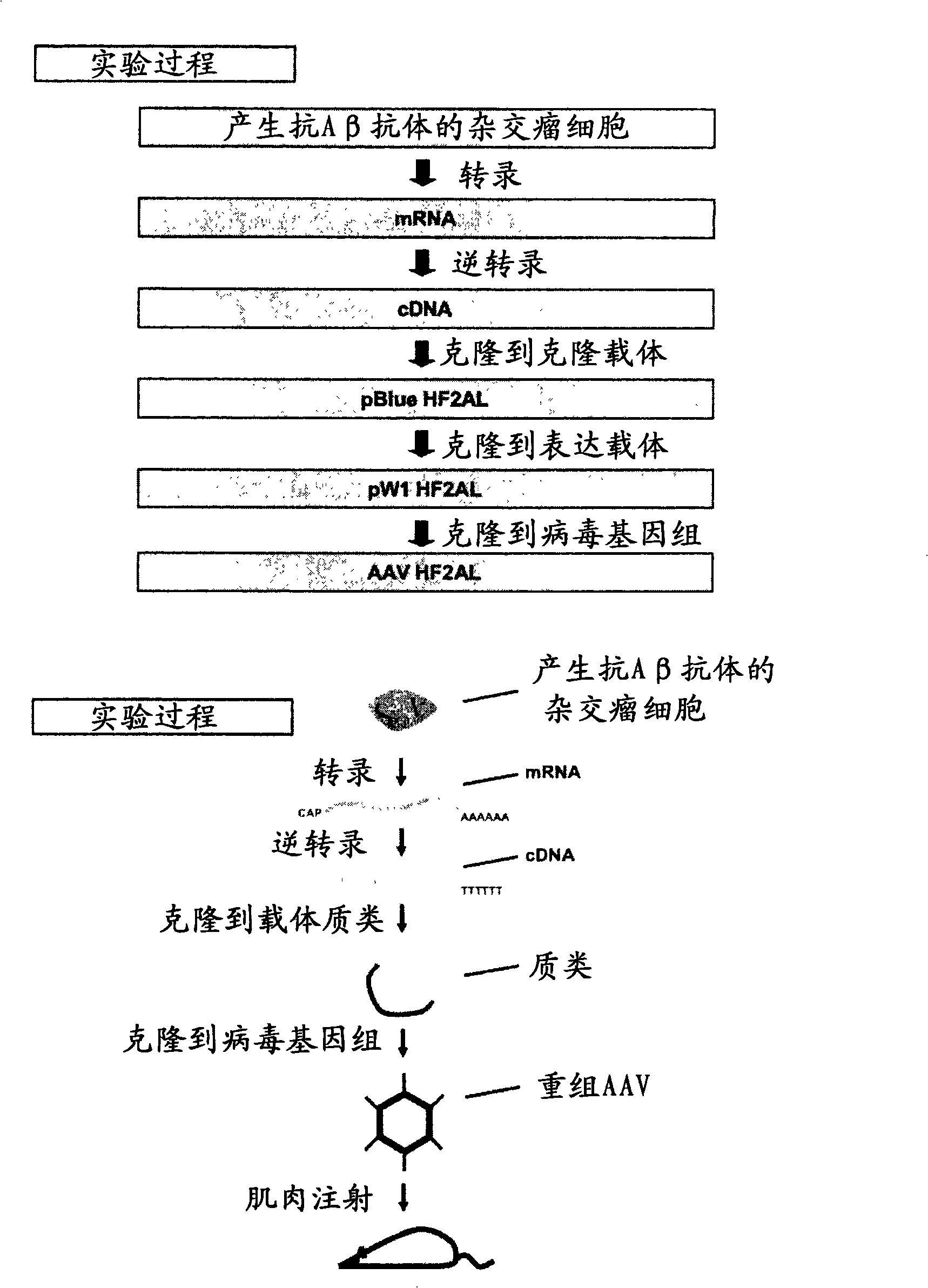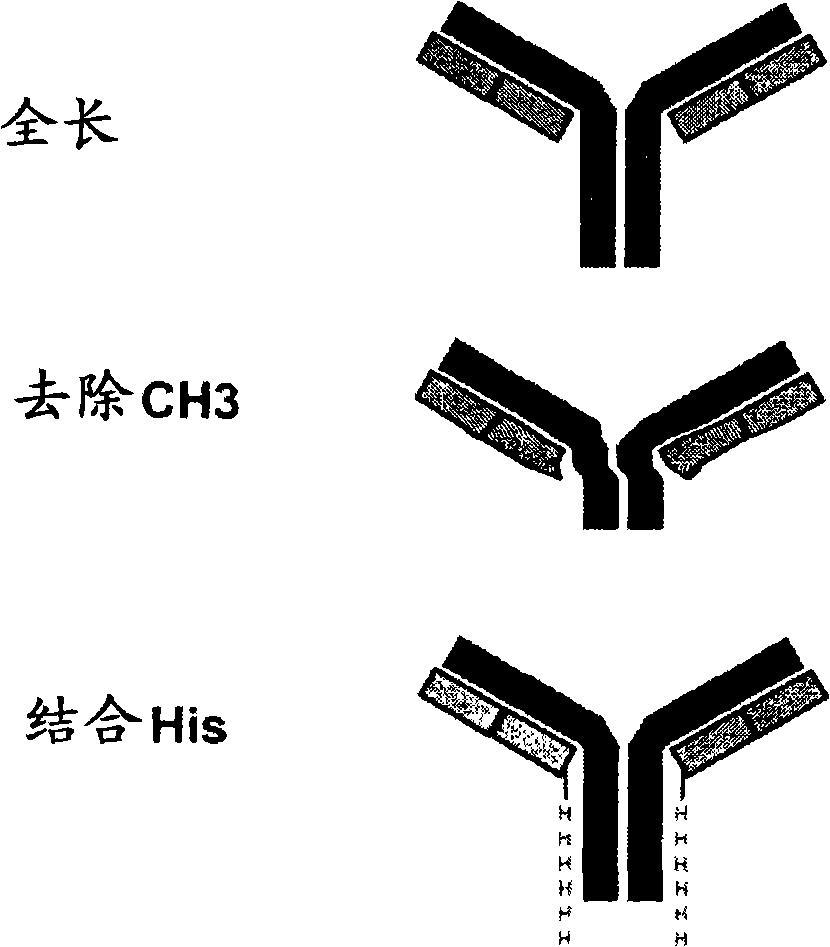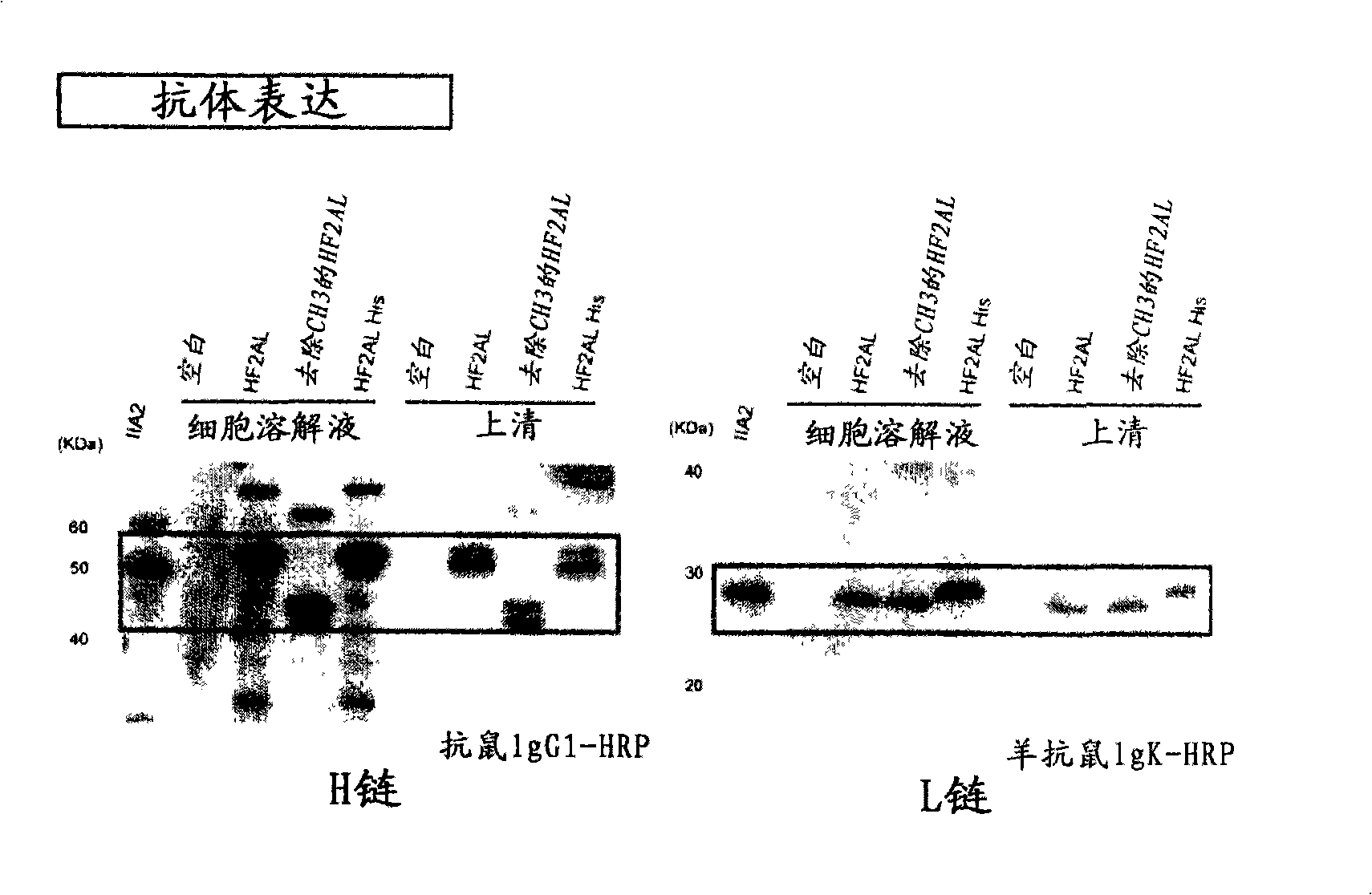Development of new-generation gene-therapy immuno-therapy for alzheimer's disease
A technology of immunoglobulin and carrier, applied in gene therapy, genetic engineering, plant gene improvement, etc., can solve the problem of low antibody ability
Inactive Publication Date: 2009-07-29
ZHEJIANG HISUN PHARMA CO LTD
View PDF1 Cites 7 Cited by
- Summary
- Abstract
- Description
- Claims
- Application Information
AI Technical Summary
Problems solved by technology
However, in general, the antibody capacity of light chain antibodies is lower than that of intact antibodies
Method used
the structure of the environmentally friendly knitted fabric provided by the present invention; figure 2 Flow chart of the yarn wrapping machine for environmentally friendly knitted fabrics and storage devices; image 3 Is the parameter map of the yarn covering machine
View moreImage
Smart Image Click on the blue labels to locate them in the text.
Smart ImageViewing Examples
Examples
Experimental program
Comparison scheme
Effect test
Embodiment 1
[0099] Materials and methods
the structure of the environmentally friendly knitted fabric provided by the present invention; figure 2 Flow chart of the yarn wrapping machine for environmentally friendly knitted fabrics and storage devices; image 3 Is the parameter map of the yarn covering machine
Login to View More PUM
 Login to View More
Login to View More Abstract
It is possible to realize gene therapy with immunotherapy for Alzheimer's disease with a sustaining effect compared to antibody investment and a higher antibody capacity compared to a single chain antibody. An integrated anti-[beta]-amyloid antibody or a fragmented carrier is expressed, where the carrier contains a promoter sequence, a coding sequence of an immunoglobulin heavy chain or its fragment of anti-[beta]-amyloid antibody, for coding a self-processing peptide sequence and coding a sequence of an immunoglobulin heavy chain of anti-[beta]-amyloid antibody. Prevention of Alzheimer's disease with the carrier as an active ingredient and therapeutic medication are included.
Description
technical field [0001] The present invention relates to a carrier introduced with an anti-β-amyloid antibody gene or an improved version thereof, which can be used in gene therapy and immunotherapy for Alzheimer's disease. Background technique [0002] The main pathological features of human Alzheimer's disease (AD) are senile plaques and changes in nerve fibers, and once they progress further, reduction of nerve cells and brain atrophy can be observed. It is well known that senile plaques are caused by the accumulation of β-amyloid (Aβ) cleaved from the receptor amyloid precursor protein (APP) on the cell membrane. In addition, in recent years, neurotoxicity of not only insoluble Aβ but also soluble Aβ aggregates has been confirmed, attracting great attention (Non-Patent Document 1). One AD drug approved in Japan is just a precursor to a cholinesterase inhibitor, which compensates for lost nerve transmission and only suppresses symptoms, not cures. [0003] Therefore, in ...
Claims
the structure of the environmentally friendly knitted fabric provided by the present invention; figure 2 Flow chart of the yarn wrapping machine for environmentally friendly knitted fabrics and storage devices; image 3 Is the parameter map of the yarn covering machine
Login to View More Application Information
Patent Timeline
 Login to View More
Login to View More Patent Type & Authority Applications(China)
IPC IPC(8): A61K48/00A61P25/28C12N15/63C12N15/861A61K39/395C12N15/09
Inventor 岛田胜奥田研尔浜岛健治高桥透
Owner ZHEJIANG HISUN PHARMA CO LTD
Features
- R&D
- Intellectual Property
- Life Sciences
- Materials
- Tech Scout
Why Patsnap Eureka
- Unparalleled Data Quality
- Higher Quality Content
- 60% Fewer Hallucinations
Social media
Patsnap Eureka Blog
Learn More Browse by: Latest US Patents, China's latest patents, Technical Efficacy Thesaurus, Application Domain, Technology Topic, Popular Technical Reports.
© 2025 PatSnap. All rights reserved.Legal|Privacy policy|Modern Slavery Act Transparency Statement|Sitemap|About US| Contact US: help@patsnap.com



